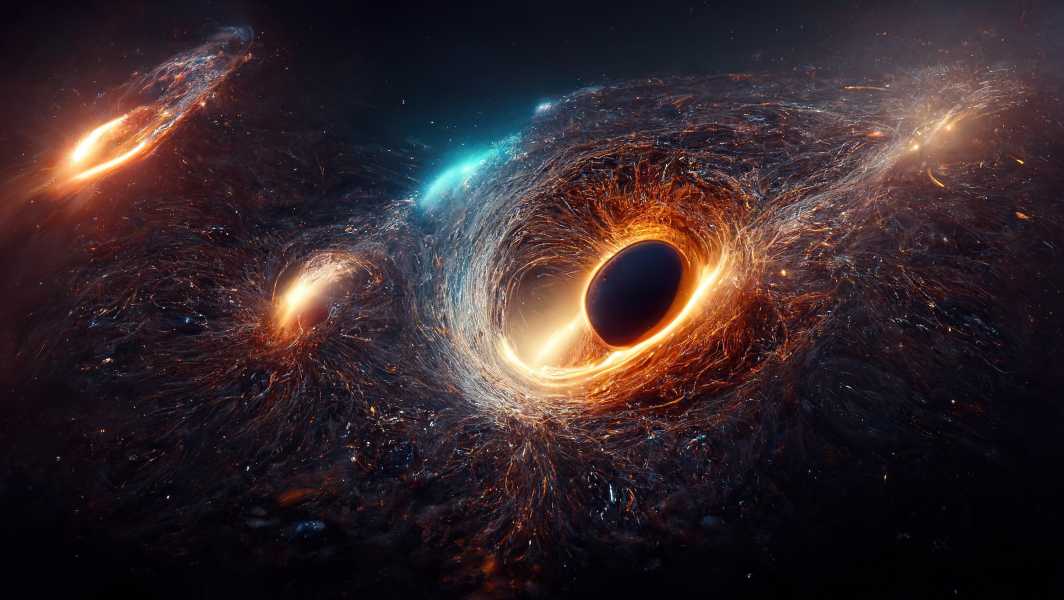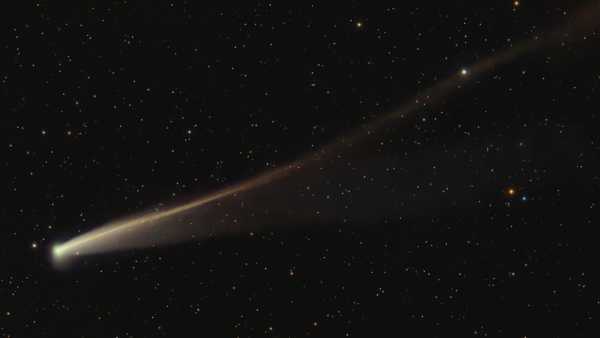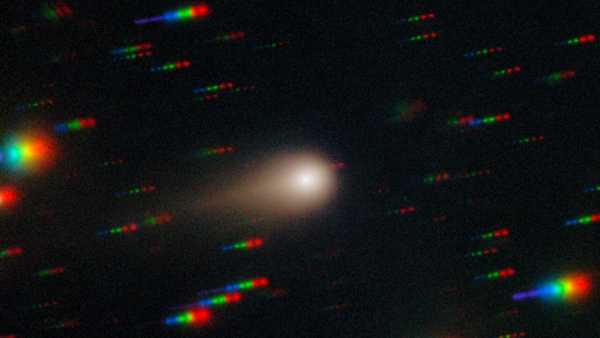
An artistic illustration of three black holes. (Image credit: Shutterstock)
Astronomers have used the Dark Energy Spectroscopic Instrument (DESI) to identify vast numbers of black holes, many of which represent rare “missing links” in the evolution of cosmic giants.
The survey, which spanned 410,000 galaxies, found a staggering 2,500 candidates for dwarf galaxies with black holes at their centers, as well as another 300 candidates for intermediate-mass black holes, the so-called “missing links.” It was the largest discovery of any type of black hole.
The findings will help astronomers piece together a more complete picture of how black holes evolve from their tiny beginnings and how they shape the galaxies around them. The researchers published their findings Feb. 19 in the Astrophysical Journal, and the paper is available for free on the arXiv preprint database.
“When a black hole at the center of a galaxy begins to consume matter, it radiates enormous amounts of energy into the surrounding space, becoming what we call an active galactic nucleus,” said lead author Ragadeepika Puja, an astronomer at the University of Utah, in a statement. “This intense activity serves as a beacon, allowing us to find hidden black holes in these dwarf galaxies.”
“Missing links” in the universe
Black holes are formed by the collapse of massive stars and grow larger by gobbling up gas, dust, stars, and other black holes. In some of these greedy rips in spacetime, friction causes the material spiraling toward them to heat up and emit light that can be detected by telescopes, turning them into active galactic nuclei (AGNs).
Astrophysicists are confident that all large galaxies, including our own, contain black holes at their centers, but detecting the presence of smaller black holes in dwarf galaxies is much more difficult due to their small size.
And these aren’t the only tiny singularities missing from the cosmic picture. Currently, known black holes are generally classified into two main categories based on their size: stellar-mass black holes, which can range from a few to tens of times the mass of the Sun, and supermassive black holes, giants that can be anywhere from a few million to about 40 billion times more massive than the Sun.
However, we have little data on how black holes move from one end of the mass scale to the other. That's because intermediate-mass black holes — theoretically ranging from 100 to 100,000 solar masses — are the most elusive black holes in the universe. Although scientists have found evidence for 150 promising candidates, no intermediate-mass black holes have ever been definitively confirmed.
To search for active galactic nuclei and intervening black holes, the researchers turned to DESI, an instrument on the Nicholas W. Mayall 4-meter telescope in Arizona that records the monthly positions of millions of galaxies to study how the universe has expanded over time.
After examining data collected during the first year of the planned five-year DESI project, scientists have found an unprecedented number of dwarf galaxy and intermediate black hole candidates – three times the total number of the latter.
The discovery of such a large population has greatly increased the data set available to astrophysicists seeking to probe cosmic mysteries, but it has also raised some questions of its own.
For example, black holes found in dwarf galaxies are expected to be in the intermediate mass range — but only 70 of the recently discovered intermediate-mass black hole candidates match dwarf AGN candidates. The team’s next steps will be to investigate these puzzling results and the questions they raise.
“For example, is there a connection between the mechanisms of black hole formation and the types of galaxies
Sourse: www.livescience.com





